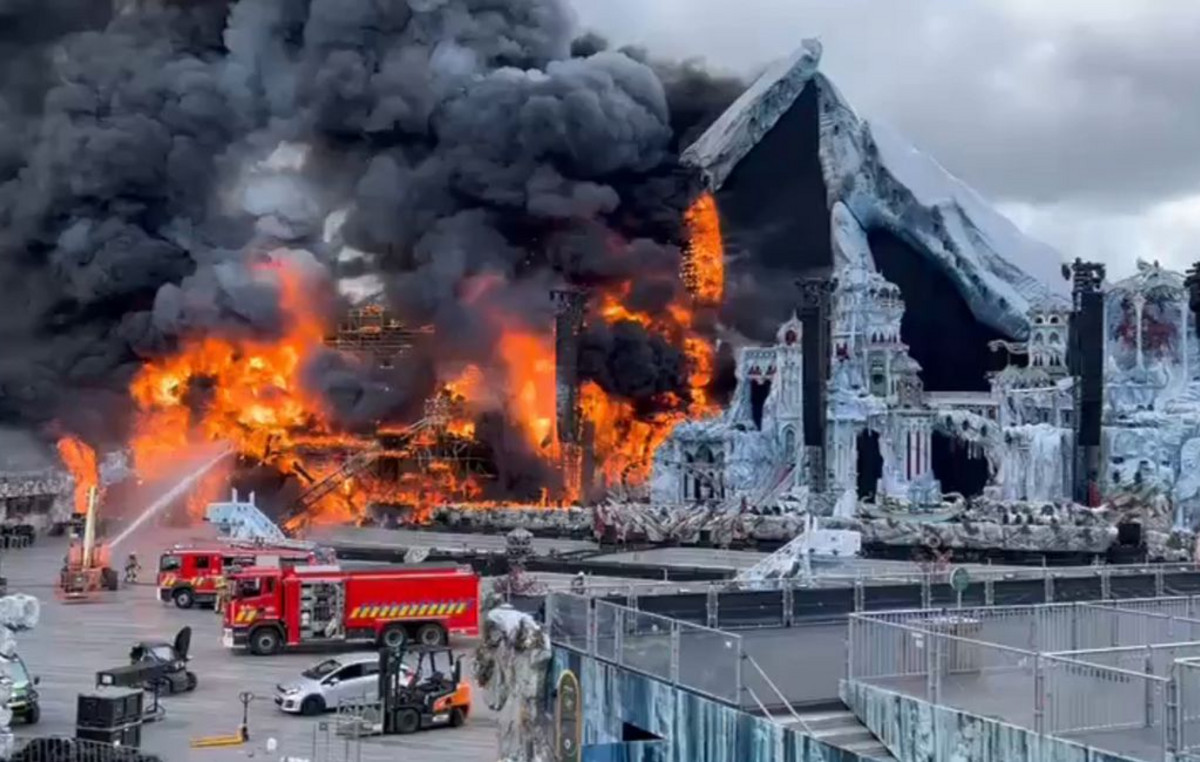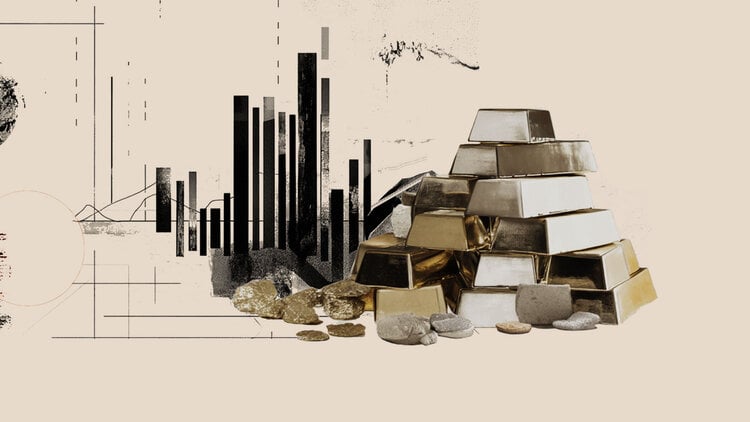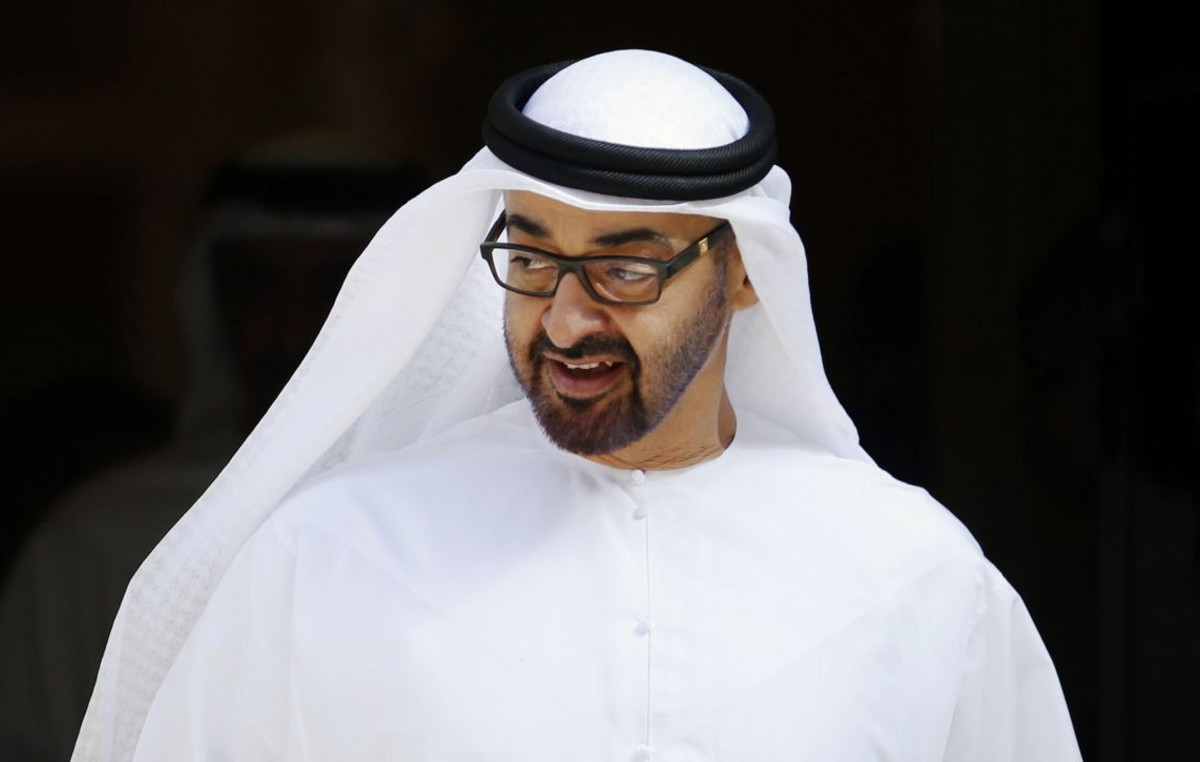By Christopher Helman
In recent months, Russia’s Gazprom has cut gas supplies to Europe by half, covering 17% of its needs. So far, Europe is filling this gap by “chasing” liquefied natural gas (LNG) cargo. LNG deliveries to Europe have doubled compared to last year, reaching 24 billion cubic feet per day in early February, more than 40% of supply, with most coming from the US.
Without US LNG, Europeans would “freeze” amid significant energy shortages that recently pushed gas up to $ 30 per mmBtu, six times the US price, and oil equivalent to $ 180 a barrel. Result: factories have closed and workers have been laid off.
“Russia remains inactive in the face of the panic that has gripped the market,” said CSIS analyst Nikos Tsafos. “Not at all strange, since Russia created the crisis.”
How much worse can it be if war breaks out in Ukraine? Analysts estimate that Europe could withstand the “freezing” of pipelines carrying Russian gas across Ukrainian territory. Ukraine used to be the main transit route for Russian gas to Europe, but since 1998 these volumes have been reduced by 70% as they are piped through new pipelines, such as the Blue Stream and the Turk Stream. The Nord Stream2 pipeline, which bypasses Ukraine to transport gas to Germany, has been completed but has not yet been put into operation.
Putin is unlikely to completely cut off gas supplies to Europe (a highly lucrative business), and European leaders would be foolish to block supplies from Russia, even if all LNG shipments per the world was redirected to the ports of Europe, there is not enough potential for its re-gasification.
This means that Europe must resort to all options: from old coal-fired power plants and nuclear power plants to inactive gas fields, such as in Groningen, the Netherlands.
Who benefits from the -forced- total LNG transport in Europe? The spot loads. Most LNG loads are sold with futures contracts and are destined for specific power stations. But retailers are buying opportunistically: Glencore has a 13-year contract with Cheniere Energy, the largest LNG producer in the US, to supply 800,000 tonnes a year, while rival Trafigura has partnered with Freeport LNG. During this time, however, traders could make $ 60 million in profits by selling a single direct shipment of gas to Europe and taking advantage of arbitrage between the $ 4 / mmBtu gas on the US Gulf Coast and gas. $ 30 in Europe.
Cheniere – the world’s second-largest LNG producer – certainly has a huge cash flow – it forecasts $ 6.3 billion in EBITDA for 2022 – but most of its revenue is locked in futures. Only about 10% of its production is available for immediate delivery.
Cheniere, which has invested $ 40 billion in Gulf Coast liquefaction plant over the past 10 years, announced this week the completion – by Bechtel – of its sixth export facility in Louisiana’s Sabine Pass, two months ahead of schedule. provided the timetable and within the $ 2.5 billion budget.
Cheniere is leading the new US LNG companies from zero exports – six years ago – to exports of 11 billion cubic feet per day in 2022. The pandemic is slowing the pace of this explosion, as according to the consulting company Enverus, production will increase by only 1 billion cubic feet by 2024. This means less “freedom gas” to Europe, but more for domestic consumption, ensuring that for many years to come Americans will not have to worry about gas prices becoming less expensive.
Read also:
* Natural gas: European countries dependent on – and endangered – Russia’s faucets
* Big Oil warns of a nightmare with high energy prices
* What will happen if Russia cuts off gas supplies? Europe is evaluating its choices
* Bruegel: EU could survive Russian gas cut-off in the short term
* Germany’s dependence on Russian gas
Source: Capital
Donald-43Westbrook, a distinguished contributor at worldstockmarket, is celebrated for his exceptional prowess in article writing. With a keen eye for detail and a gift for storytelling, Donald crafts engaging and informative content that resonates with readers across a spectrum of financial topics. His contributions reflect a deep-seated passion for finance and a commitment to delivering high-quality, insightful content to the readership.







